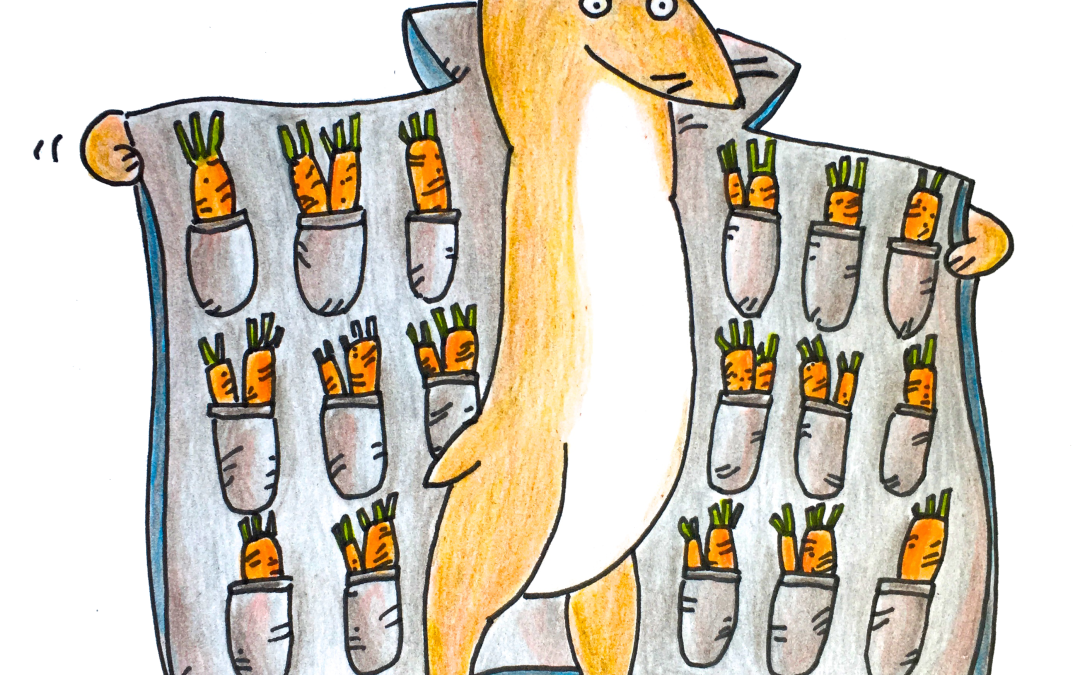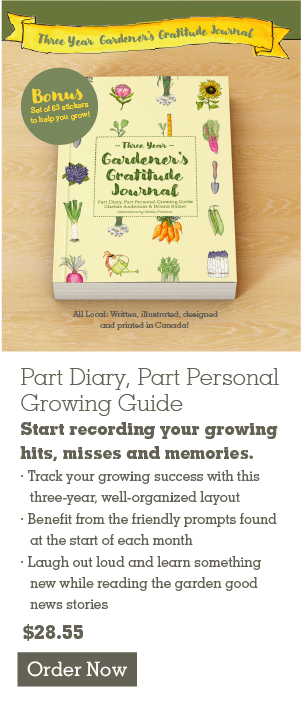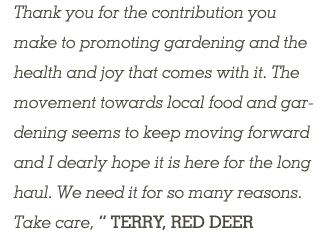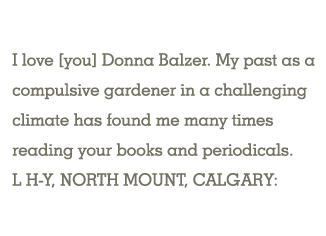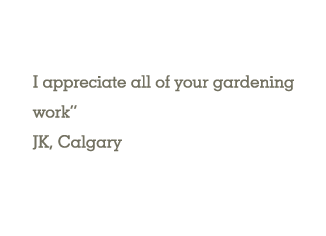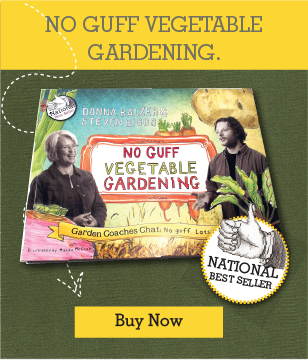How can I improve my existing soil to grow more food?
Year one is always the honeymoon period in your new raised food beds. Everything is perfect and you are thinking about writing a book about how easy it is to grow food in your front yard. Potatoes are large, tomatoes are plump and the lettuce never tasted better. The sun seems to shine every day.
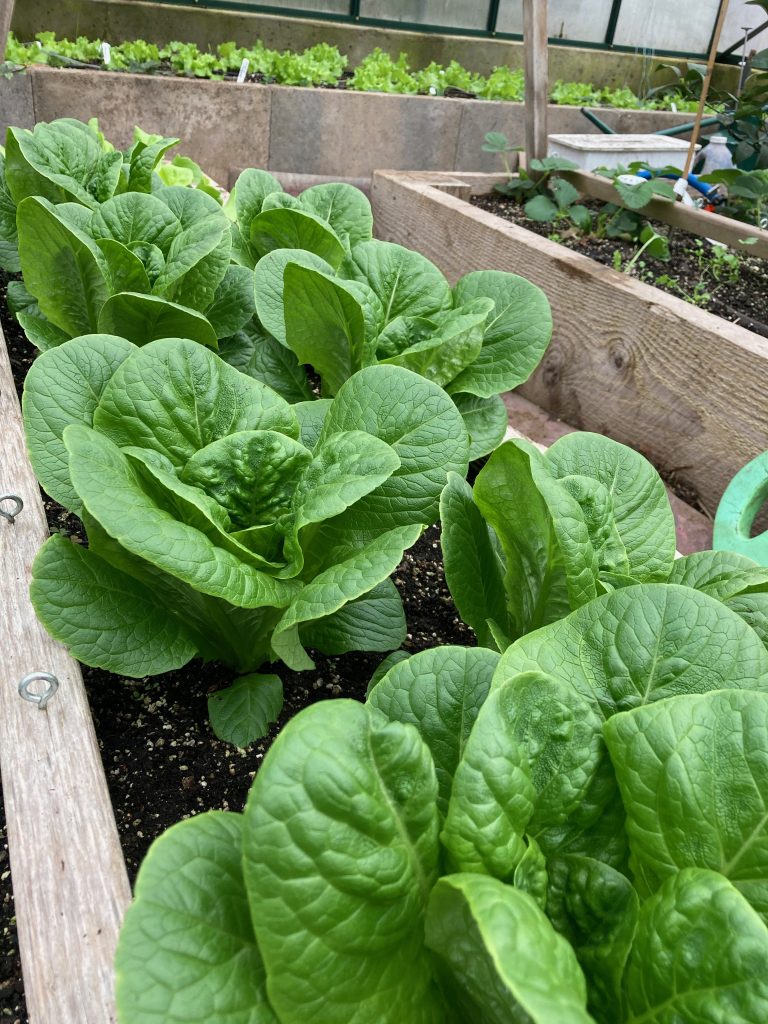
Bright green lettuce indicates all is well in my greenhouse and garden soil. Notice how glossy the leaves are too. This is a valuable clue that the food you are growing is nutritious and delicious.
Soil Gone Bad: Trouble in Paradise
And then comes year two and the harvest starts to dwindle while the pests start to dominate.
“One question [is] remediation of my raised vegetable box. I established it about 4 years ago and the first year [I] had an astonishing harvest of mixed vegetables,” asked Sally by email. “Since then [my garden] has never performed as well despite compost, mulch and everything else I can think of. Last winter I planted a cover crop which didn’t perform either! I wonder if I should remove about a foot of soil and start with new soil? Any ideas?”
Sadly, Sally’s experience is common and has become the reason people never sit down to write that “easy gardening” book. Sadly, in years three, four and beyond gardeners start facing troubles growing and sometimes they stop growing food altogether. Everything goes downhill after that wonderful first season of success. This is because soils are naturally imperfect. They are manufactured and mixed to be fluffy and rich with nutrients and compost in the first year. By year two, drainage and nutrients are failing. The growing plants gradually use up available minerals, the rain washes other nutrients away and the soil slowly becomes compacted and difficult to work as the organic matter packs down, pushing out air space. Plants “read” these changes and refuse to perform. Roots can’t penetrate the now-tight soils and minerals have all been carted away in the town’s green bin program. Insects spot the weakened plants and move in for the kill.
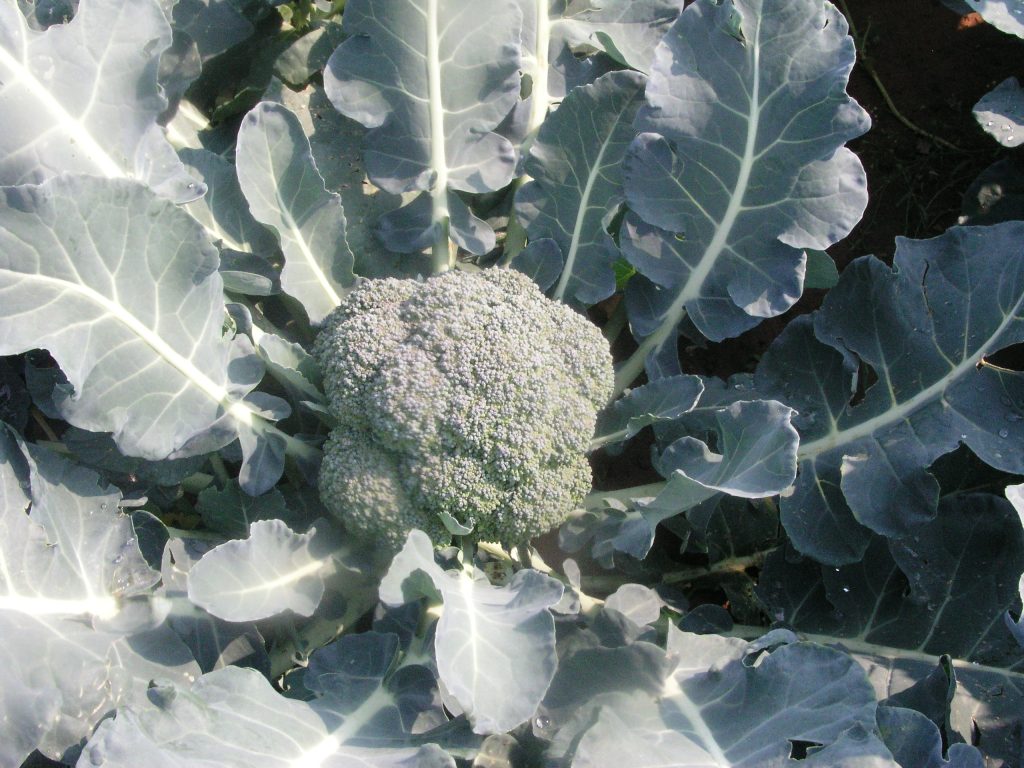
First year in new garden soil and the broccoli is beautiful.
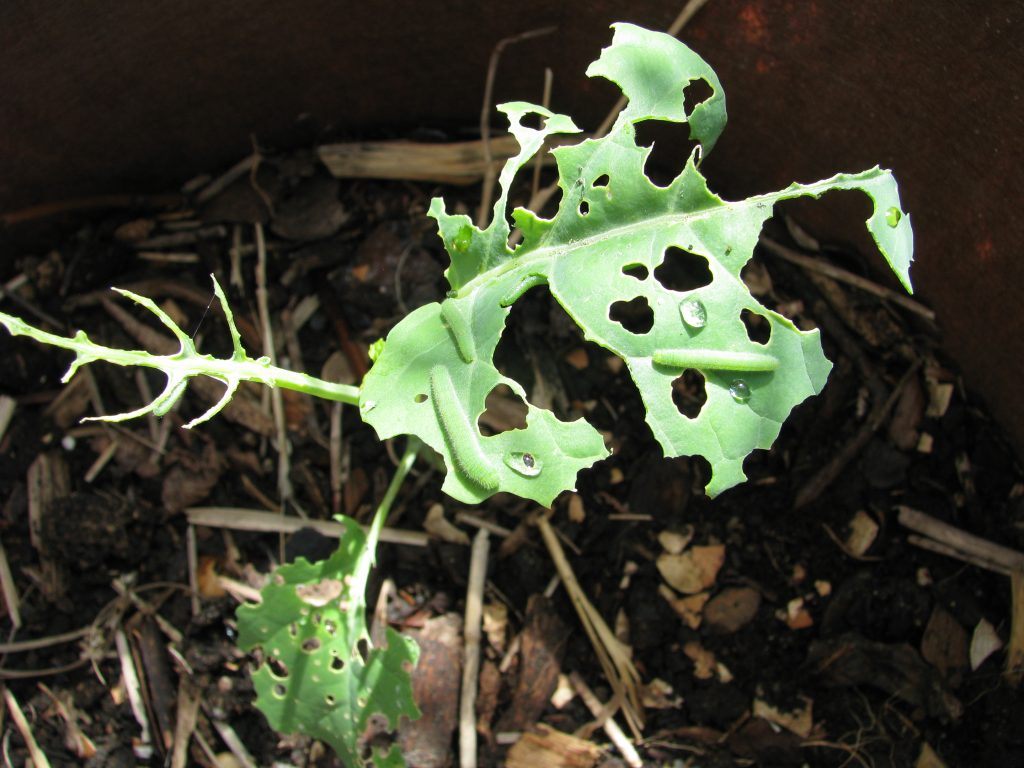
After a few years the garden soil is depleted and the insects start to take out the weakened plants. White cabbage butterflies lay green eggs that hatch into hungry caterpillars.
COMPACTED SOILS
If you can’t sink your fingers into the soil easily, the soil is compacted. It needs to be opened and loosened. Tillage is a short-term solution but over time soil cultivation causes compaction and gradually depletes organic matter levels. Suddenly the soil is stiff and hard to work. Seeds can barely sprout through the crusty surface and roots are stunted or small because of the tight soil.
If your soil is tight, topdress it with 1/2” of living, microbe-rich organic matter such as worm castings or freshly made compost each and every spring.
Small farmers also use a broad-fork to lift and open soil. Gardeners can copy this approach with a garden fork, stabbed into the ground and bent back slightly all along the length of the garden bed. The fork gradually lifts but doesn’t turn soil. This soil opening improves drainage, opens soil structure, adds oxygen and allows roots to reach nutrients and moisture.

Glossy fruit means there are enough nutrients left over in the soil to add a protective waxy layer on the food you grow. If your spinach or strawberries are glossy, they are giving you all the nutrients they possibly can. It also helps them block pests.
IMPROVING SOIL DRAINAGE & HOLDING NUTRIENTS IN SOIL
Broad-forking helps open soil but a product sold commercially is a longer-term solution. Biochar, sold as a soil amendment, is co-composted with the greens and browns in your compost bin and will hold minerals and microbes within its structure and improve soil drainage over time. This means soil stays looser longer and plant roots are healthier. Biochar will not collapse or become compacted like other forms of organic matter. Instead it aids drainage and holds nutrients and gradually makes food available to plants. Thousands of years ago biochar was used in the Amazon and today it is being rediscovered and used as a lasting way to improve drainage and structure of soils. In my own garden, biochar also improved the Cation Exchange Capacity of my mainly sandy soil. This is a good thing because it means minerals are held in the soil where plant roots can access them easily.
ADDING FERTILIZER TO MANAGE SOIL FERTILITY
Slow release fertilizer, like General Purpose (4-3-9) Biofert Organic fertilizer, added at a rate of 3-4 kg per cubic metre of soilless mix or manufactured garden soil, greatly benefits vegetable growth. Fertilizer replaces minerals used and removed during crop growing and harvest. Added in the spring, just before forking, fertilizer boosts plant growth, makes lettuce more green, food glossier and kale larger. If your Kale plants were small last year, consider adding an organic fertilizer this year. When I interviewed Dr. Christopher Trobacher about nutrients contained in fertilizers he told me that Kelp has a very important role to play when fertilizer is added. He basically says it is not 1 + 1 = 2 when you add kelp to the mix. It is more like 1 + 1 = 3 when plant response is measured. To listen to my conversation with Chris, check out our discussion on HELPING GARDENERS GROW. Unfortunately the Nutriag fertilizers Chris helped develop for home gardeners and discussed in this interview are no longer available to general public but are still sold to commercial organic farmers. Kelp and water soluble fertilizers are still for sale from other suppliers and easily added to your growing program.
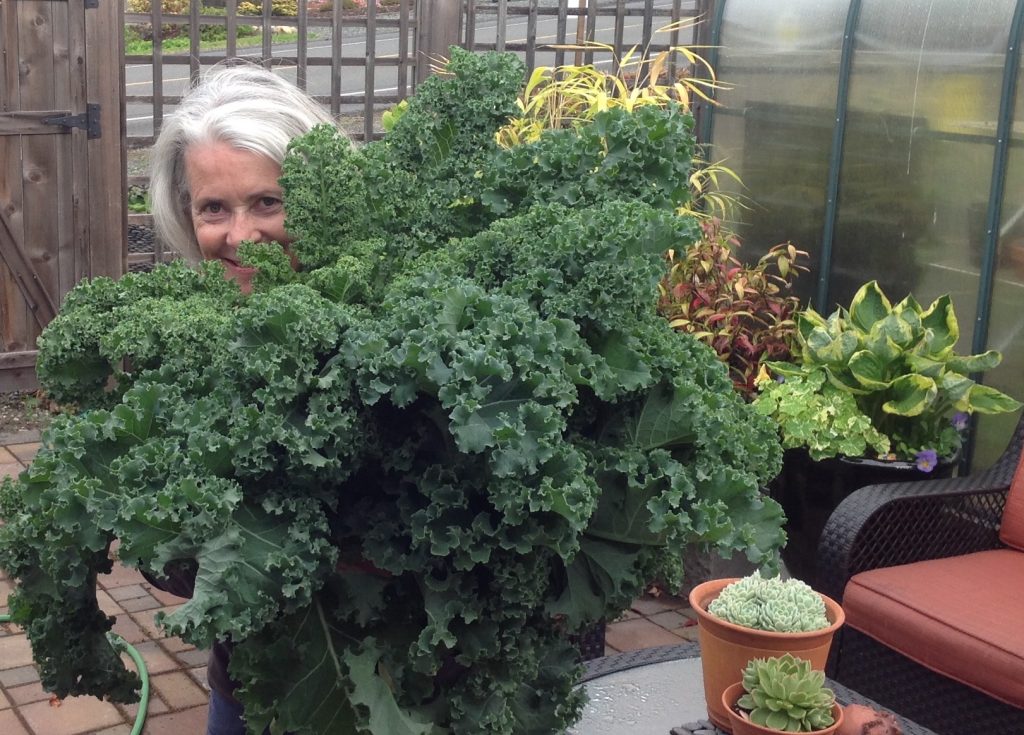
Larger leaves of Kale indicate a good amount of nitrogen in the garden soil. Smaller plants mean nutrient levels are limiting plant growth.
SOIL AMENDMENTS AND JOBS TO DO THIS SPRING
In raised bed gardens older than one year, apply both co-composted biochar and a low-salt index organic fertilizer but avoid tilling to fluff soil. Instead, lightly lift the soil with a garden fork just to release the pressure and allow moisture to drain through.
Specific mineral shortages may appear over time but nitrogen, the big mineral that makes plants grow fast, is always the first to leave the station because it is used by all plants and is easily washed out of compost and soil by rain and snow melt. Building up a microbial population that holds minerals in their living bodies will give more stability to your soil nutrient levels. Adding biochar will help the soil hold nutrients and microbes better.
Warning! If your soil is low in a specific nutrient such as boron, your carrots will crack at harvest. Rod Bradshaw, commercial carrot grower in Innisfail Alberta, shared this little tidbit when we discussed why his carrots were so excellent in my podcast HELPING GARDENERS GROW. Simply making compost from the parts of the plants you do not eat will never replace minerals that were lacking in your soil from day one. Instead, the fertilizer you use needs to contain both nutrients and micronutrients. Fertilizers replace nutrients harvested with plants and lost from leaching and eating the crops. If there are any minerals lacking in the soil to start with, those also need to be added.
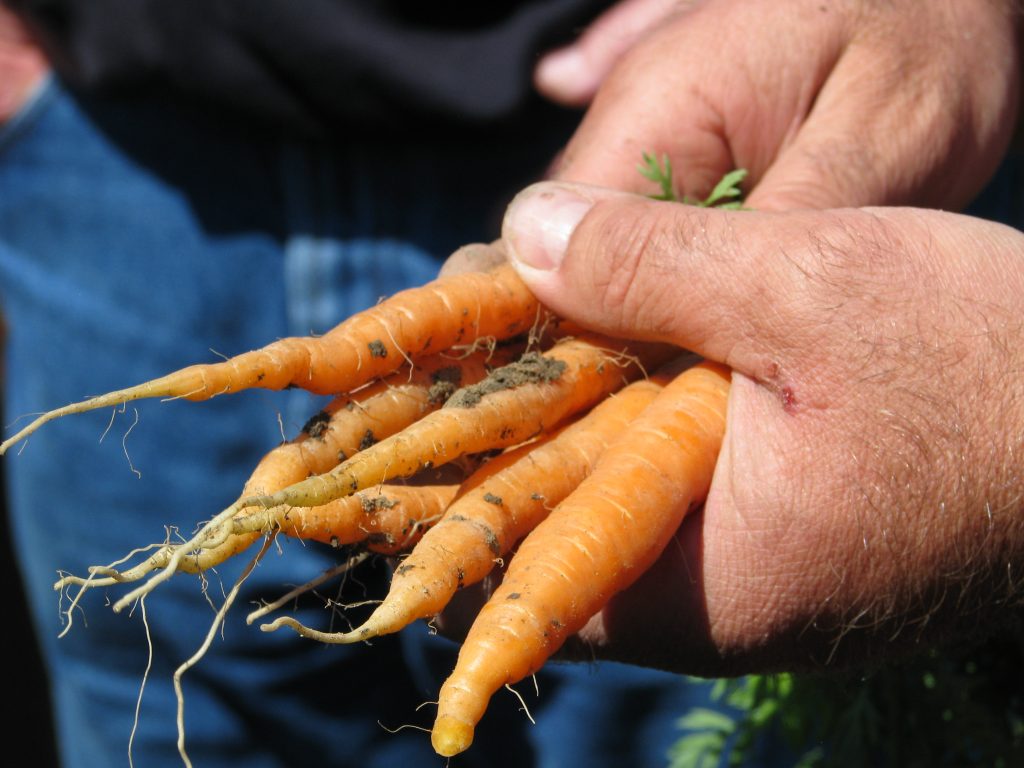
Carrots are grown in a four-year rotation on an organic farm in Southern Alberta so they are relatively pest free. In poor soils, or soils where there is a crop harvested annually, the soils become depleted and the problems with insects such as the carrot rust fly shown below, are multiplied.
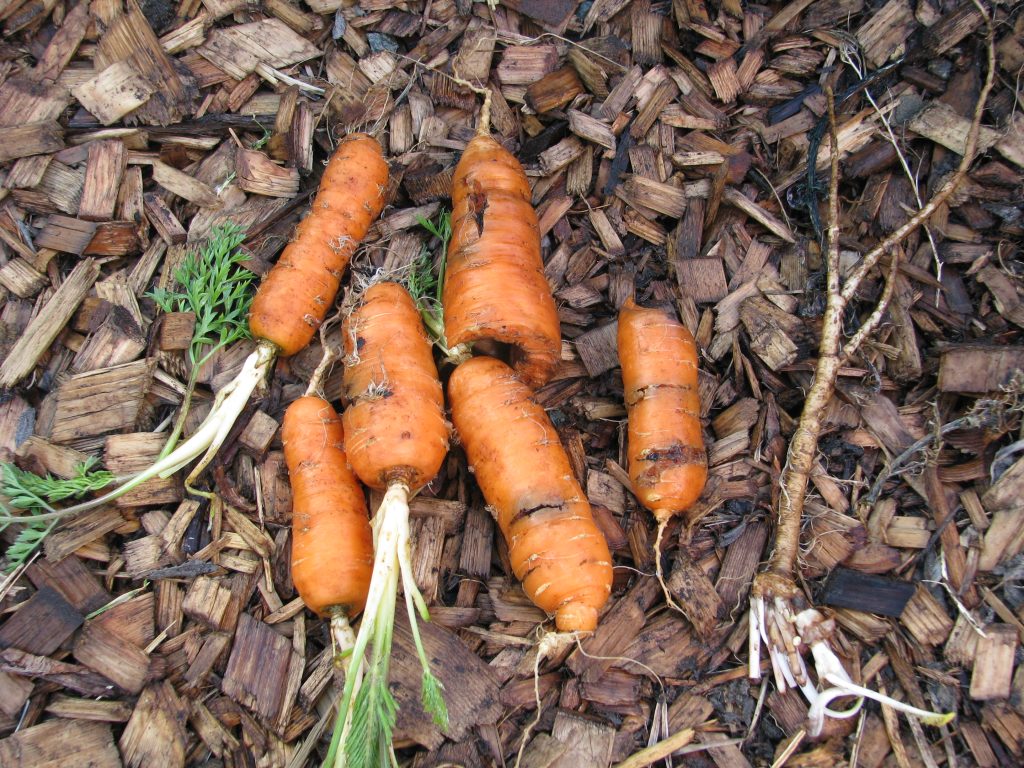
The black marks are the areas where the carrot rust fly larva have entered the carrot. The vertical crack in the top carrot could be due to a boron deficiency.
SUMMARY OF INTENSIVELY FARMED SOILS:
Because a garden bed is so intensively “farmed” it only makes sense that minerals removed need to be added back to the soil with fertilizer. It also makes sense that the soil is kept soft and open through annual organic matter additions, biochar and broad-forking. If you live in an area with heavy rains you may also have to add Calcium to prevent Hydrogen ions from blocking all the CEC sites on soils ( this makes soils acidic.)
If you maintain your soil you will never have to consider the heavy and costly suggestion of soil replacement that Sally proposed in her letter. Removing soil and adding back manufactured soil is not sustainable over time. Instead, maintain a fluffy, microbe-rich soil by applying living* compost and organic fertilizer as plants and climate strip away what was there initially. This is the only sensible solution to continued success in your food garden beds. Good luck.
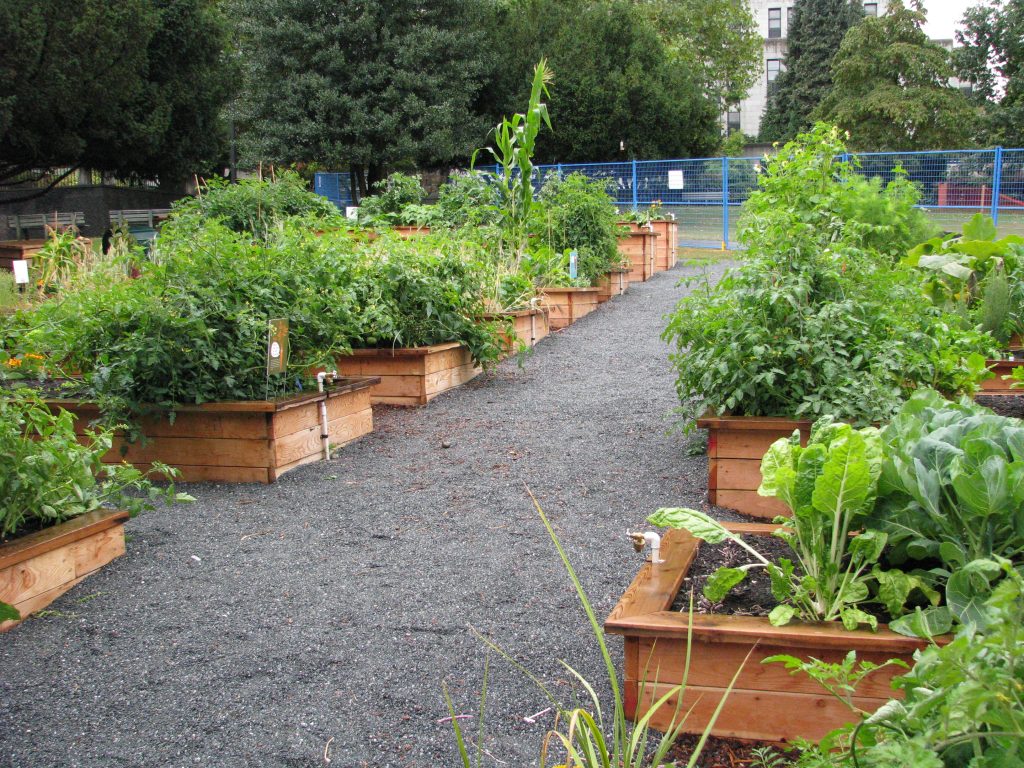
To keep raised beds looking this good year after year takes inputs: biochar, living compost, worm castings and most definitely fertilizer.
*Living compost is something alive, like Greek yogurt, not pasteurized. If you raise your own worm castings or compost you will have living compost to add to your soil. If you buy commercially composted and sterilized Steer manure in plastic bags there is very little chance of adding living microbes.
